We spoke with Blanca de la Torre
The director of the Valencian Institute of Modern Art (IVAM), who sees the museum as “a social body, not just a container,” takes on her new role without baggage or preconceptions, ready to consolidate its international profile and nurture it from three angles: heritage, sustainability, and territory.
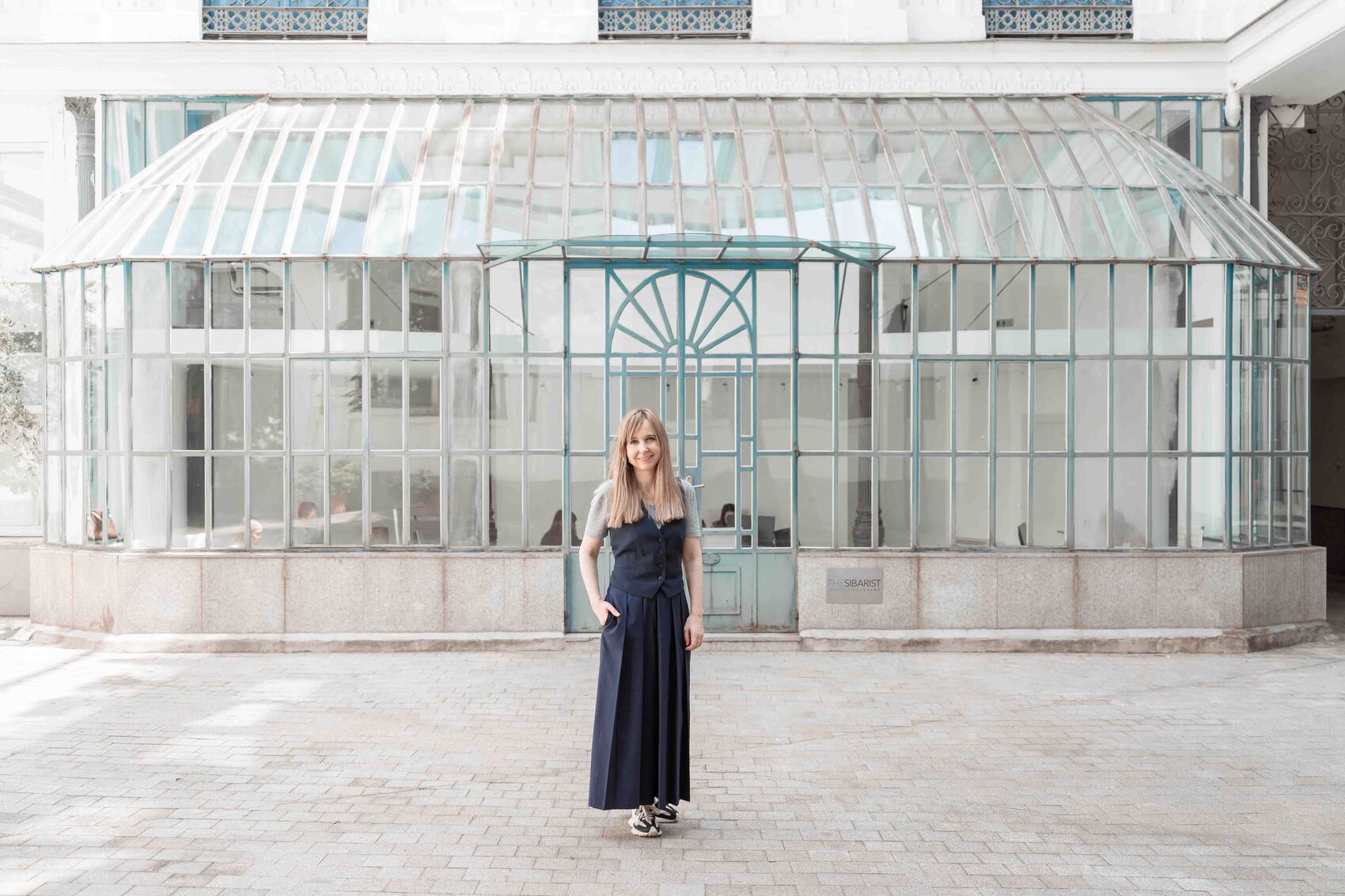
Blanca de la Torre (León, 1977) holds a PhD in Fine Arts, is an art historian, and an expert in exhibition space design, with more than two decades of international experience as a curator, researcher, and cultural manager. Her most recent role was as chief curator of the Helsinki Biennial, and she has led projects in museums and institutions in Europe, America, Asia, and the US, as well as actively participating in publications, juries, and theoretical forums on contemporary art. After the Biennial, she wanted to take some time to think, attracted by Nordic management models, but then the IVAM call for applications appeared. “Many people encouraged me. It has a dream collection and a history of almost 40 years. I felt it was the place where all my experiences could converge,” she says. To refer to her vision of a museum, she uses the metaphor of the forest: “as an ecosystem, where organic relationships emerge. I don’t conceive of the museum as just a container, but as a social body.” Here she outlines her projects and how she sees the IVAM in the near future.
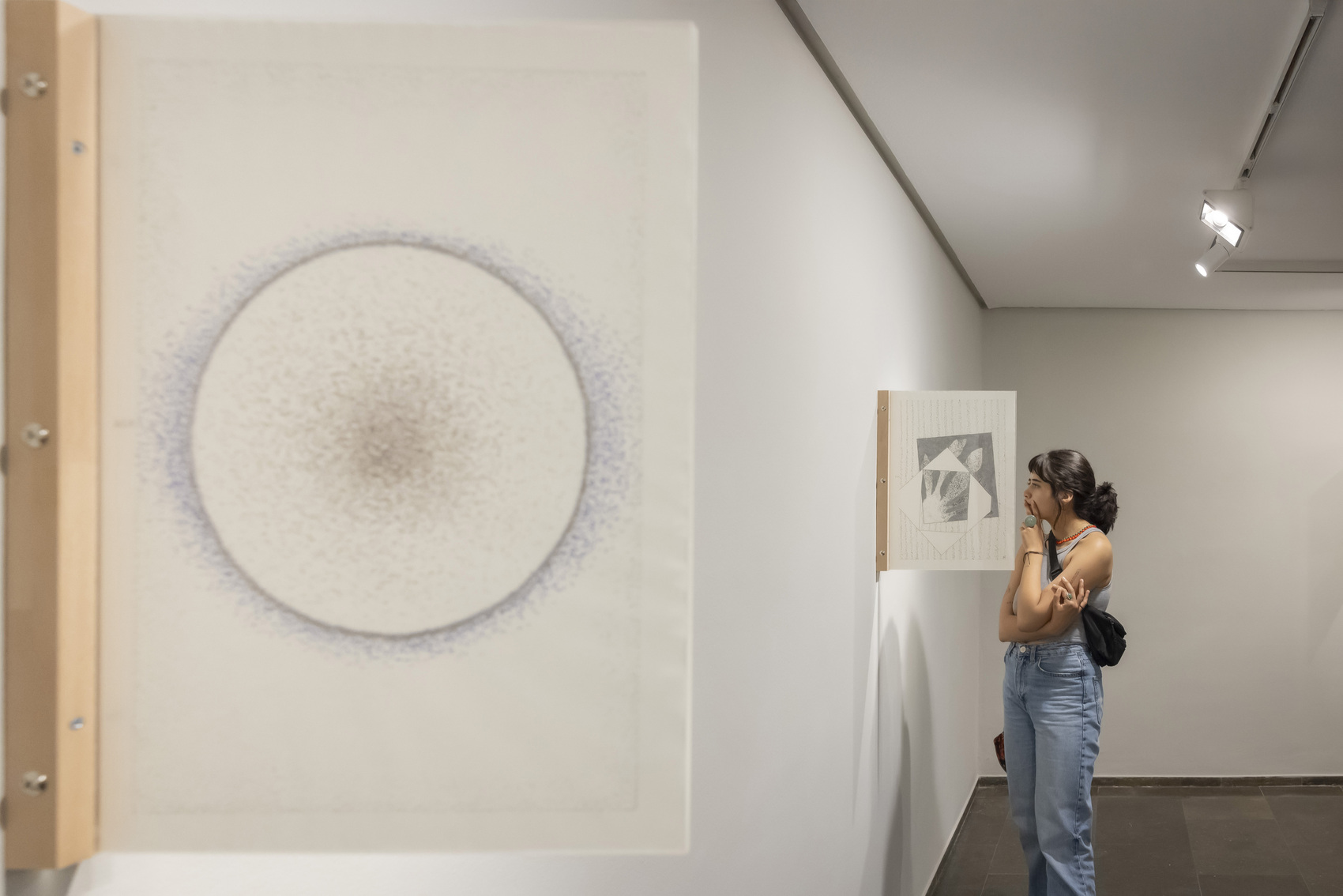
What does taking on the leadership of IVAM mean to you at this point in your career?
I have been working in this field for twenty-five years, and my professional career has developed across platforms that are as complementary as they are diverse, from museums and public institutions to non-profit organizations, independent initiatives, private foundations, and art centers. I have also participated in large-scale events such as international festivals and biennials. I have worked in numerous countries, not only in the field of curating, but also in the management, coordination, and direction of cultural and artistic projects, with experience in a wide range of platforms, as well as in the theoretical field, frequently publishing specialized texts and giving lectures.
I believe that this extensive background has allowed me to acquire the necessary experience to assess, identify, and address the issues and needs of a museum such as the IVAM. Taking on this role represents a turning point for me, from which I can develop a long-term museum project, a kind of garden where all the knowledge and experience accumulated over the years can germinate. In short, it represents a serious commitment to the institution and to the community it serves.
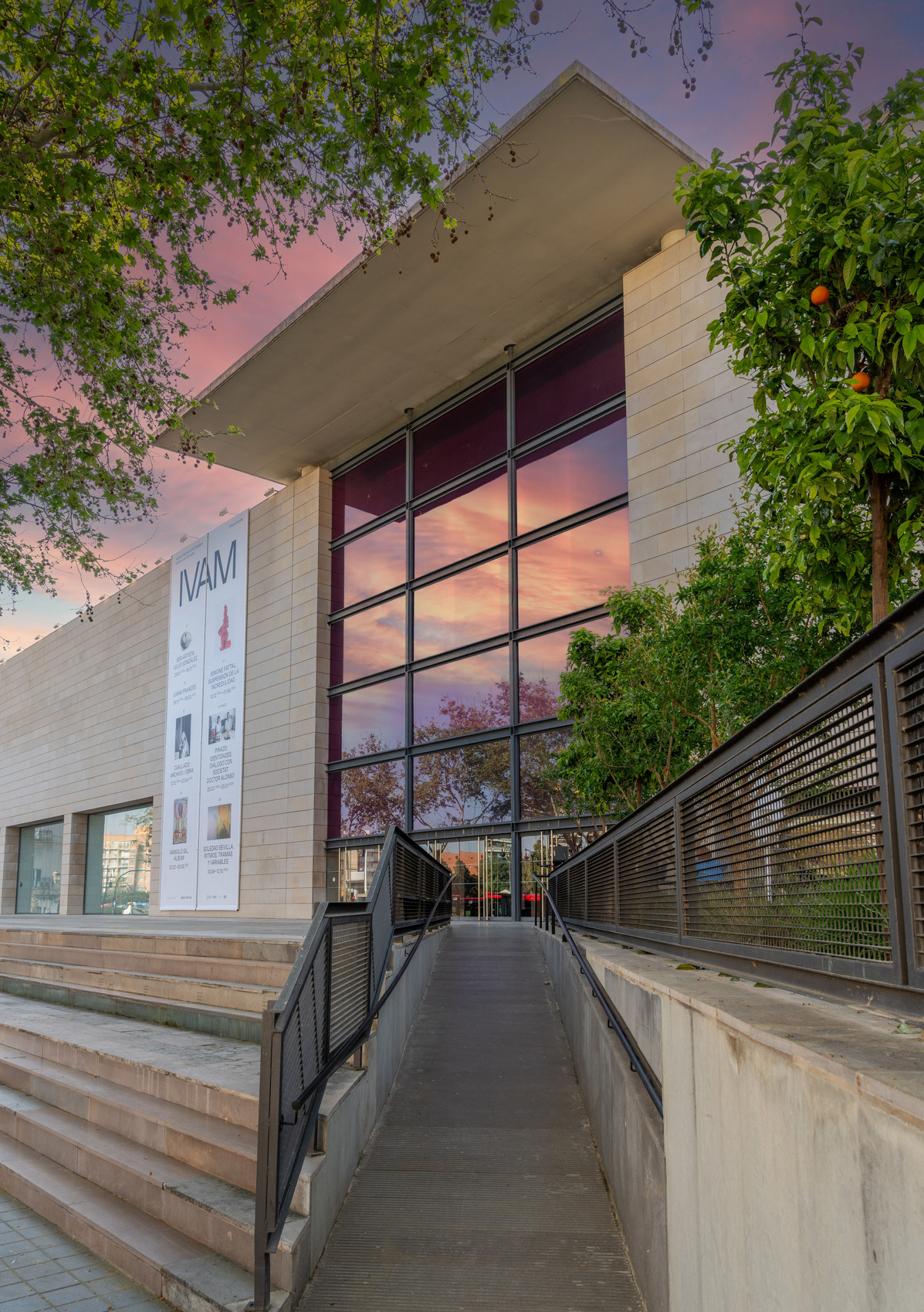
Which aspects of the IVAM do you currently consider to be the strongest, and which do you think need renovation or transformation?
Without a doubt, the most solid element is the collection, which offers a brilliant overview of the history of art—albeit predominantly Western—from the 20th and 21st centuries. It is a collection constructed with great judgment and includes notable works, such as those by Julio González, Ignacio Pinazo, and Josep Renau, as well as authentic gems, especially from the avant-garde movements. Also noteworthy is the important section dedicated to photography.
One of the great successes was the acquisition of works by the entire group around Julio González, as well as the focus on second-tier artists—excellent, though less visible—who, while present at the exhibitions, did not enjoy the recognition of figures like Picasso. The collection of books and first editions, with covers by avant-garde artists such as Malevich, and the magazine AIZ, to which John Heartfield, a pioneer of photomontage, like Renau, contributed, are other outstanding examples.
Regarding the areas that require transformation, it’s a complex process that we’re already working on thanks to an exceptional team.
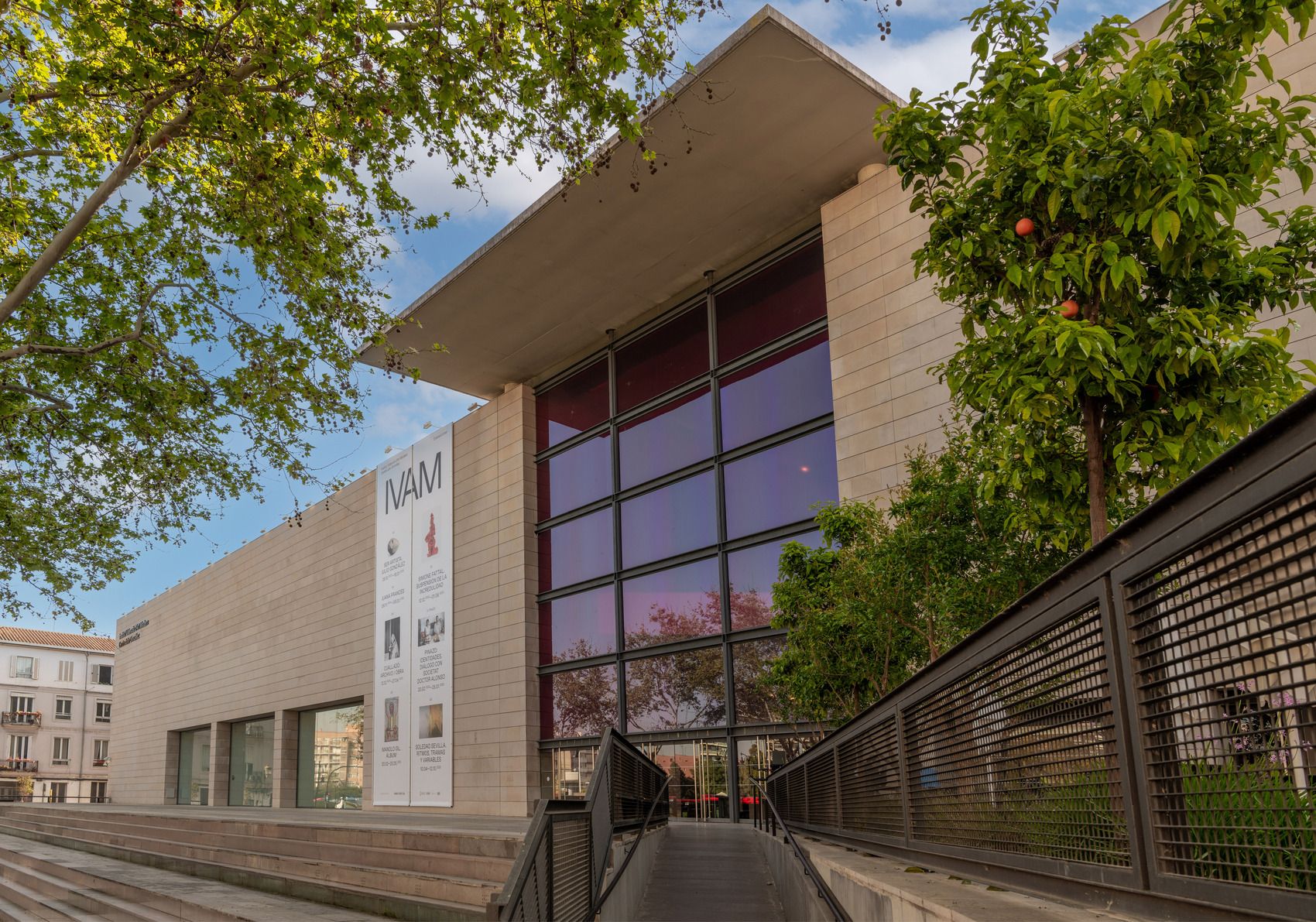
The IVAM is a benchmark in the field of modern and contemporary art. From your perspective, what sets it apart from other similar institutions, both nationally and internationally?
I return to the previous question: the collection. While other Spanish museums opted for trendy names through often erratic acquisition policies, the IVAM has maintained a coherent line and its own identity from the beginning. It has managed to create a first-class heritage based on essential international trends, but always with a Valencian identity.
I believe that the IVAM’s collection has managed to position itself as a bridge between European contemporary art and artists and movements from the Mediterranean area, with a special focus on the Valencian Community.
Another fundamental distinguishing feature is its status as an institute, as its name suggests. I am particularly interested in recovering this aspect. Programming should not be limited to exhibitions, but should also include research, public programs, non-formal education, and a range of experimental activities aimed at critical reflection and knowledge creation, both within the museum and its surroundings.
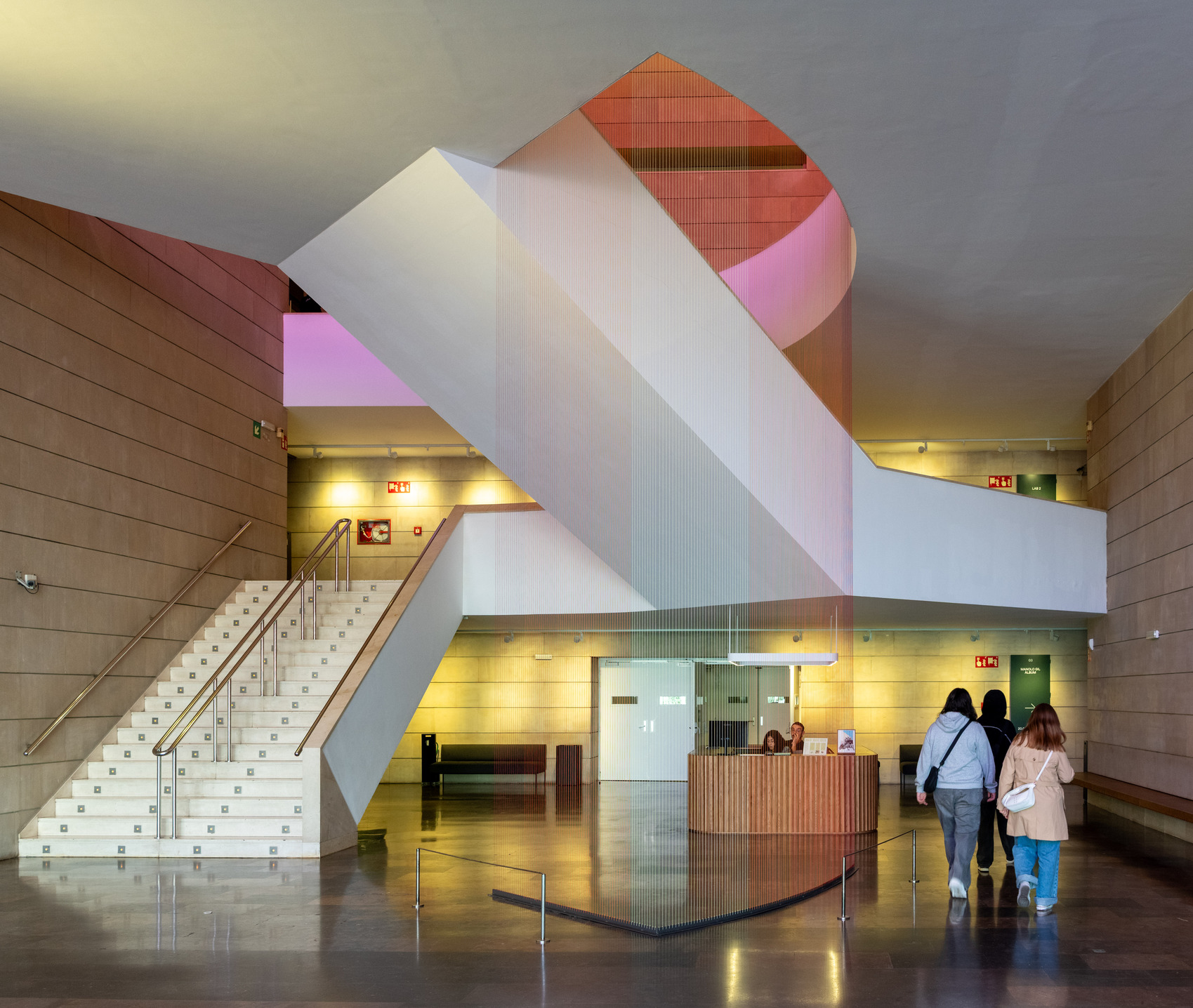
How do you imagine the IVAM in five years under your leadership? Are there any strategic lines you would like to consolidate from the outset?
I envision the IVAM as a forest, beneath whose soil runs a complex network of relationships of eco-dependence and interdependence. I conceive of it as a resilient territory, capable of constantly questioning itself and reflecting on itself as a social entity. Above all, I envision it as a more sustainable, inclusive museum, and, above all, as a space that generates captivating stories.
The project we are developing is structured around three axes. The first addresses the notion of heritage from a perspective that integrates past, present, and future. The collection will be the backbone of a program that incorporates divergent thinking and sociopolitical imagination as tools for action.
The second axis is sustainability, understood as a systemic category, in which the environmental, social, economic, and cultural pillars achieve balance. The objective is to develop, together with the entire team, a specific ad hoc plan.
The third axis proposes a new narrative about the idea of territory as a fluid space, where the international and the local act as communicating vessels.
These three vertices intersect a proposal that conceives the IVAM as a space to problematize, affect, question, and challenge, but also as a platform from which to draw futures and outline habitable worlds. An institution as a space of desire, capable of generating critical citizenship through emotion, fostering an alternative perspective, and proposing new readings of images from different forms of contemplation.
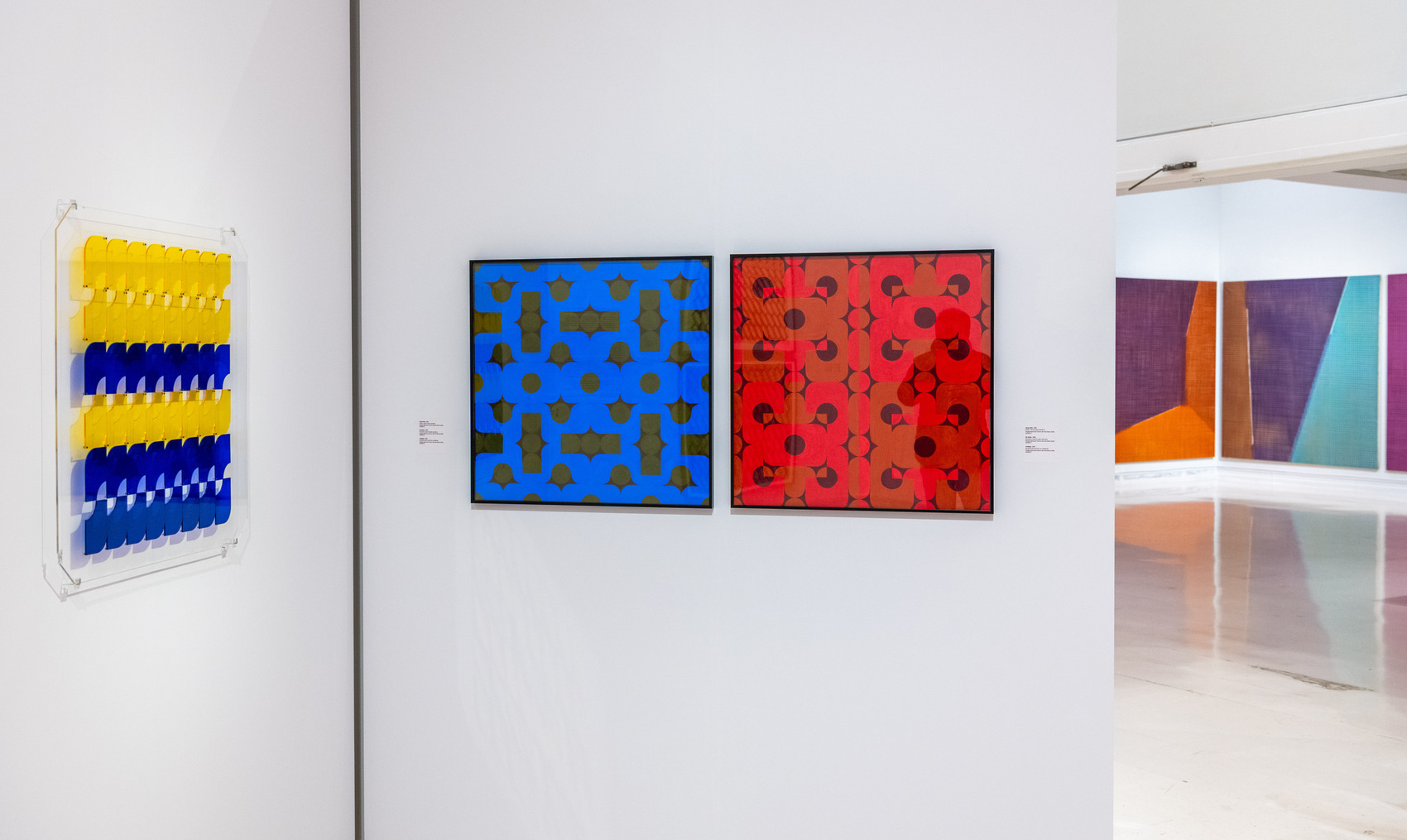
What curatorial approach would you like to give the museum? Will it maintain a balance between the modern and the contemporary, or will it explore new directions?
This answer follows from the previous one. As an art historian, I maintain that all art was, at one time, contemporary. There’s a beautiful metaphor that illustrates how I conceive of heritage without temporal ruptures: the Sankofa bird, belonging to Akan mythology, which flies with its head back, to understand where it comes from, but with its legs forward and an egg in its beak, a symbol of the future. Cultural institutions must adopt this attitude, approaching heritage not only from the needs of the present, but also by reviewing the past and anticipating the future.
I think this answer is intuited from the previous answer. Speaking of modern and contemporary, as an art historian… all art has always been contemporary!
This center has been a key institution in Valencian culture for almost four decades. What role do you think the IVAM should play in the local artistic and creative fabric?
I would like to conceive of the IVAM as an agora for the community. However, I don’t start from the idea of the IVAM as an epicenter; I’m not interested in such egocentric positions. I prefer to understand it as an essential node within a rhizomatic fabric that makes up the tapestry of the Valencian artistic community.
I am more attracted to the idea of inhabiting than managing, as well as to fostering processes of identification and building a sense of belonging. In this sense, the international strategic plan does not downplay the importance of the attention that must be paid to the local, regional, and national context. On the contrary, culture is universal, even if it is projected from the local perspective, and paying attention to the immediate environment is not incompatible with thinking globally. Consolidating the museum’s international reach has a direct impact on the local fabric, allowing us to conceive the idea of a globalized environment as a community territory. A cultural institution committed to society must necessarily adopt a glocal approach. As Lucy Lippard points out, the local landscape reflects a global problem, and assuming a dichotomy between the local and the global ignores the fact that the global is nothing more than the sum of multiple local realities.
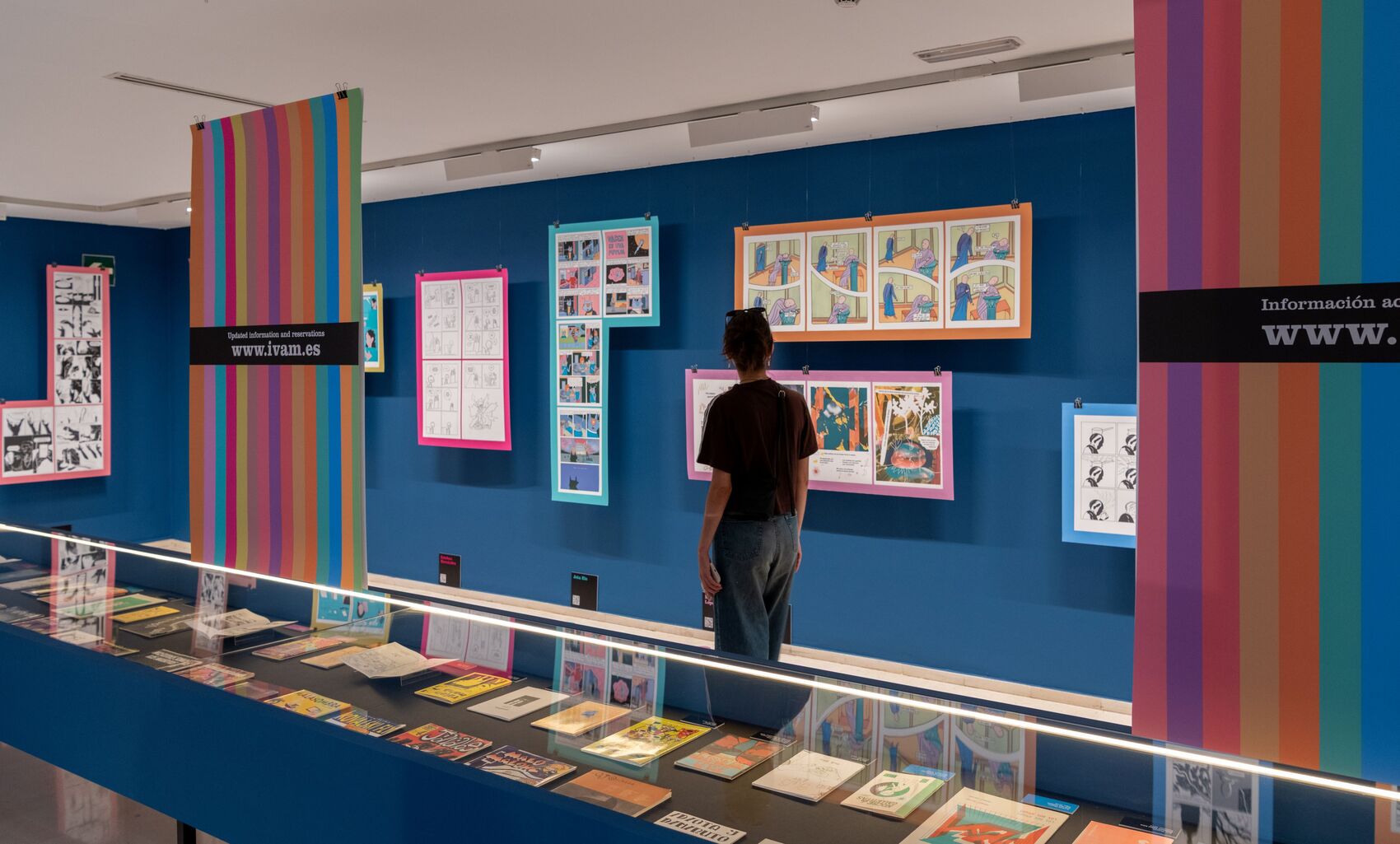
How is IVAM’s relationship with other cultural institutions envisioned, both in the Valencian Community and the rest of Spain?
The intention is to promote an active presence at the local and national levels within a comprehensive international project. Ultimately, it is about building bridges between the city, the autonomous community, the Spanish state, and the international context, generating interactions and synergies between them all.
The approach outlined in the internationalization plan will also be extended to the national level, where I have maintained professional relationships and collaborations with a significant number of the country’s centers and museums. One of the main lines of work will be to identify related projects in similar contexts and propose collaboration schemes that foster the generation of content, while strengthening the regional and national context and forging ties abroad.
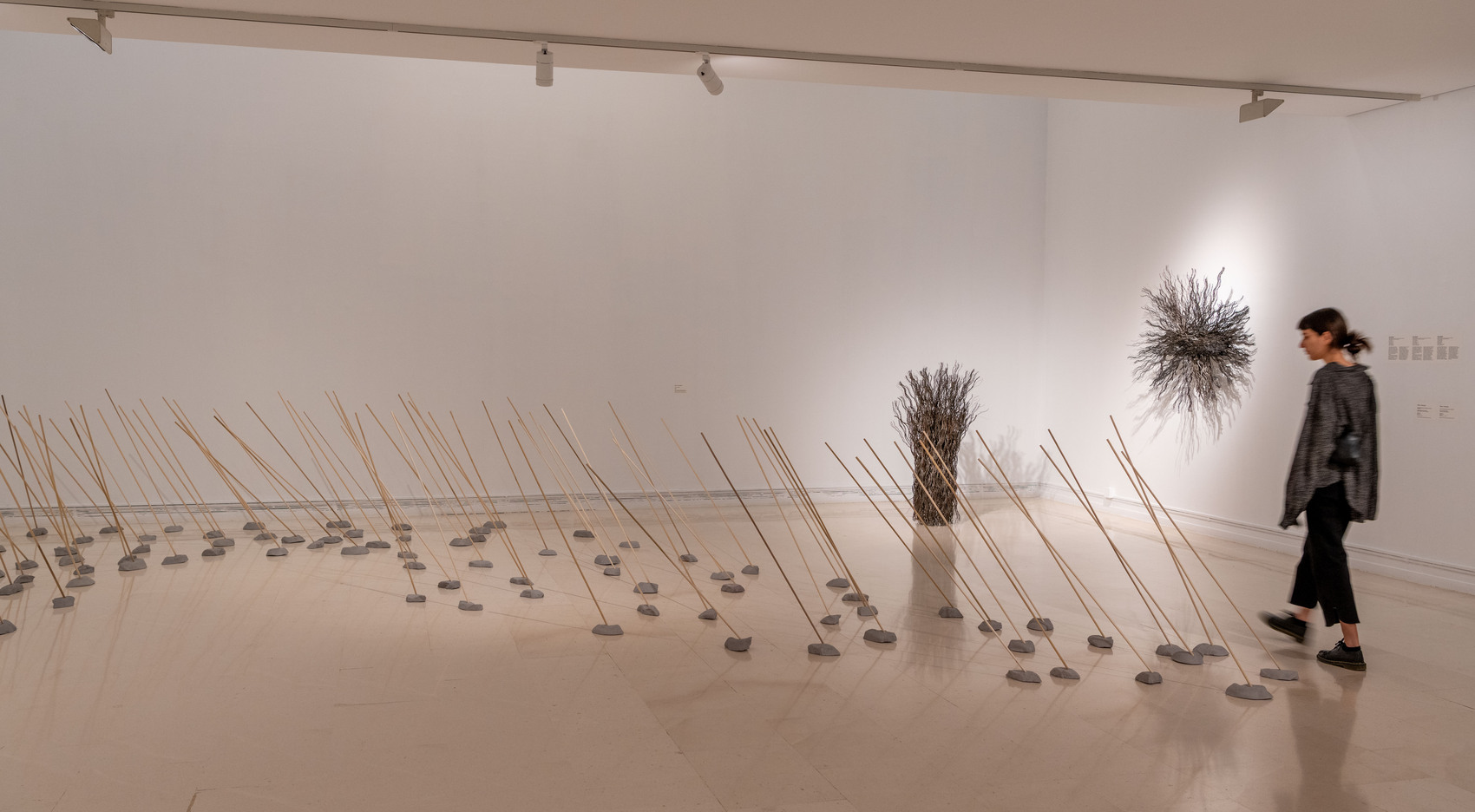
You’ve mentioned your intention to further project the museum internationally. What concrete ideas do you have for achieving this?
This issue is closely related to the work carried out within the local community, as a solid internationalization program that repositions the museum on the global stage will strengthen its connection with the Valencian artistic community. I have an international strategic plan as a starting point, which must now be finalized after conducting a thorough assessment of the museum’s current situation.
You’ve also spoken about relaunching the IVAM collection. Do you think it hasn’t received the recognition it deserves? How do you plan to enhance it?
My commitment is to create a permanent space dedicated to the IVAM’s collection, unlike the approach adopted so far, with the exception of the rooms dedicated to Julio González and Ignacio Pinazo.
In collaboration with the entire curatorial team, we are working on a permanent exhibition of the collection, which will occupy two rooms and offer a contextualized tour of the history of contemporary Valencian, national, and global art. This tour will allow for a historiographical reading, encompassing the key periods and currents of 20th and 21st-century art. I believe that the capacity for innovation is not at odds with more traditional exhibition models, which allow us to understand the evolution of art, its currents, and movements.
It is essential to create a dedicated space that showcases a collection with its own identity, so that visitors can identify some of its iconic works on each visit to the museum. These types of pieces act as heritage symbols, generating interest and a sense of belonging. Associating them with specific museums allows them to become reference points for visitors to the city who wish to gain a concise understanding of its cultural and artistic heritage.
However, this permanent structure will follow a mixed model, combining this stable framework with a multi-route system that allows for alternative interpretations. Until now, the IVAM has proposed a single route—whether chronological or thematic—always promoting linear and unidirectional interpretations.
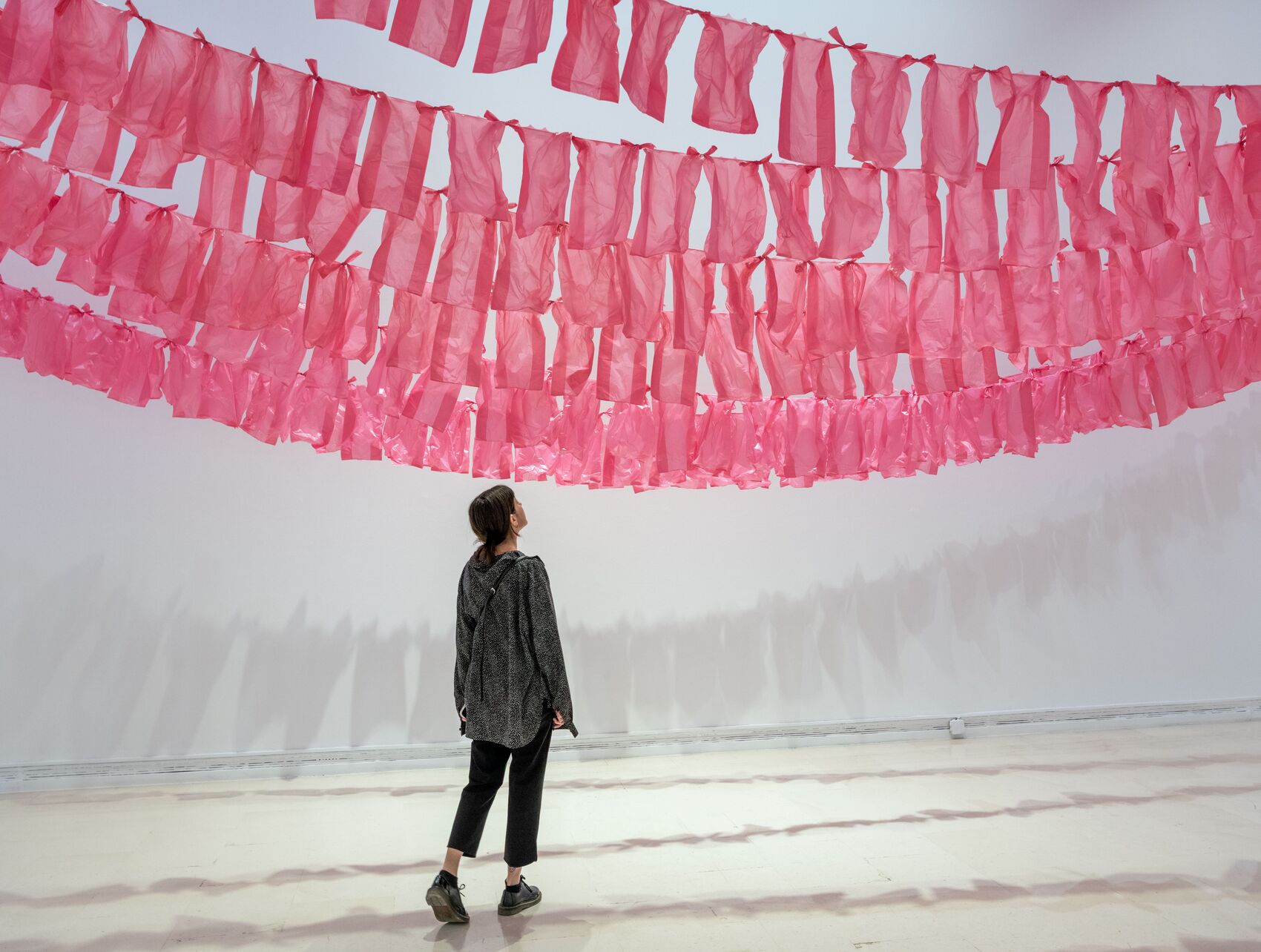
Who have been your main artistic influences, whether in creation, theory, or cultural management?
My references are primarily related to the cultural foundations in which I grew up. My father was a philosophy professor, and my mother a professor of Greek and classical culture, and I was fortunate to develop within that environment. Later, after years of research and more situated work, also in contexts of the Global South, I went through a critical phase with respect to Westernist discourses and became interested in decolonial perspectives, especially those linked to the ecosocial crisis.
I am currently in a moment of reconciliation, in which this entire journey has permeated my lines of work, but I recognize the importance of my own place of enunciation and am interested in delving deeper into my cultural roots. All of this is informed by ecofeminist thought, which, ultimately, proposes a roadmap for a more livable world.
As for specific references, I could mention many authors: Simone Weil, Rachel Carson, María Zambrano, Susan Fenimore Cooper, Janet Biehl, Hannah Arendt, Alicia Puleo, Arundhati Roy, Clarice Lispector, Sor Juana Inés de la Cruz, Karen Barad, Donna Haraway, and Isabelle Stengers, among others. However, I confess that I don’t like to mythologize anyone. In general, I prefer heroes and heroines without capes.
You’ve worked as a curator, manager, critic… What professional challenge or dream remains for you to fulfill?
Right now, I have before me the greatest professional dream and challenge I could have imagined: an extraordinary museum, with a highly qualified team, and in a wonderful city. Professionally, I couldn’t ask for more.
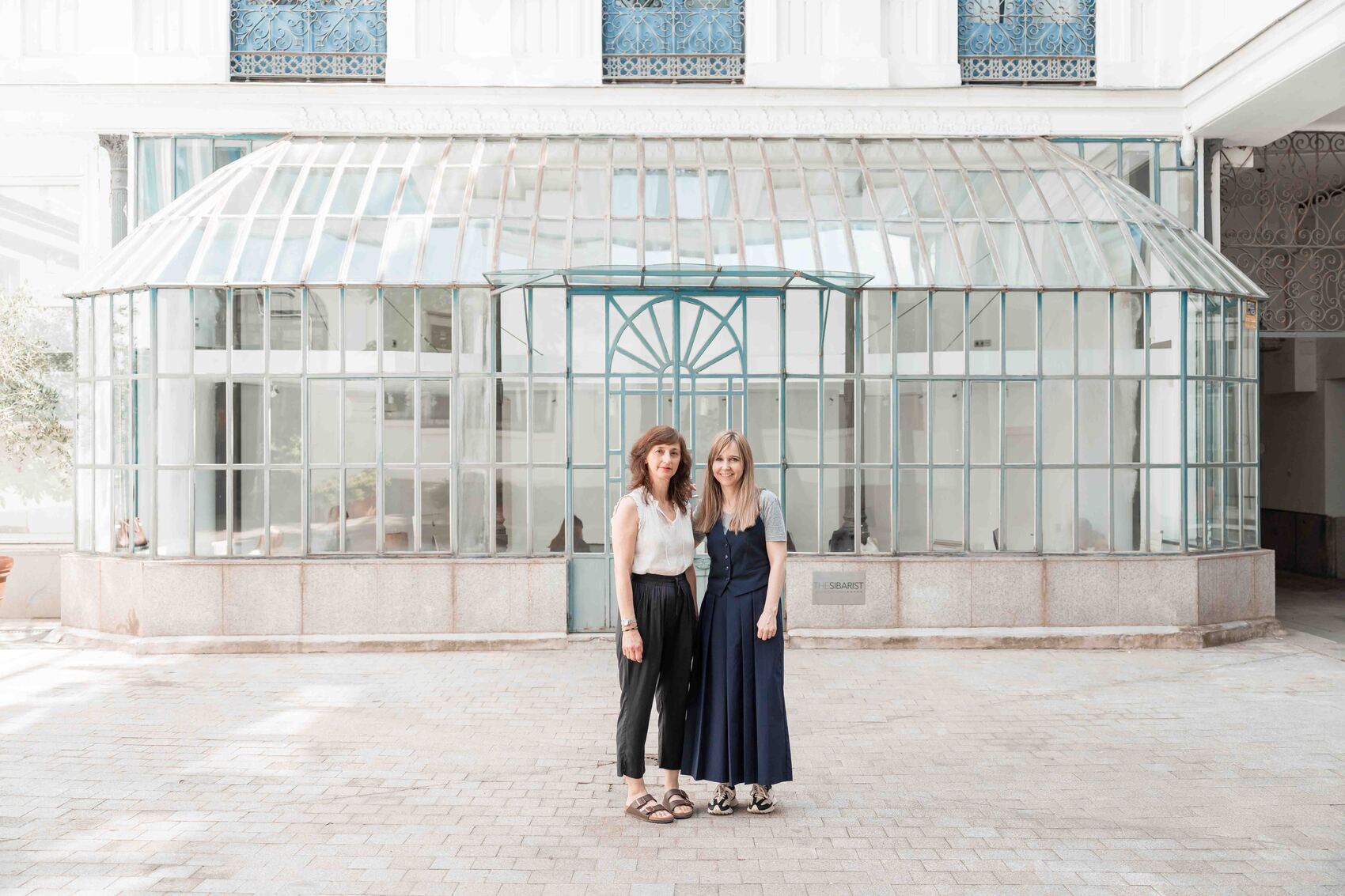
Written by: Beatriz Fabián
Beatriz is a journalist specializing in offline and online editorial content on design, architecture, interior design, art, gastronomy, and lifestyle.